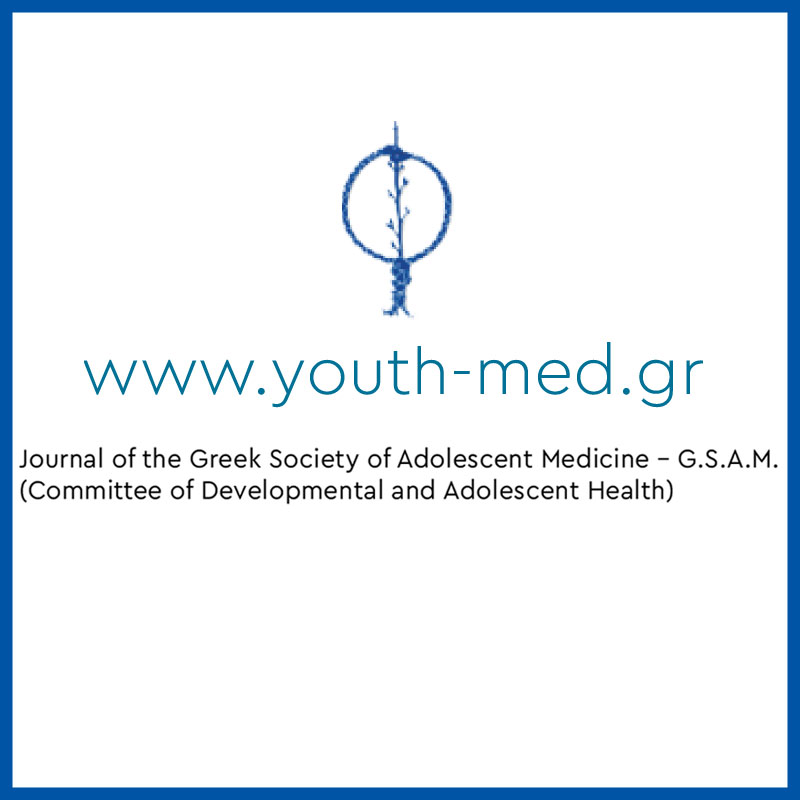Precocious menarche in a 9 years old girl due to autonomous ovarian cyst treated with letrozole
https://doi.org/10.54088/0er03
Keywords:
pubertal development, precocious puberty, precocious menarche, ovarian cyst, letrozoleAbstract
Background: Peripheral precocious puberty (PPP) is defined as the early pubertal maturation independent of gonadotropin stimulation. Autonomous ovarian cysts can be a cause of PPP or isolated precocious menarche. The differential diagnosis of ovarian cysts is important because of distinct management options.
Case: A 9 7/12-year-old girl presented because of rapid evolution of breast development and premature menarche. Estrogen levels were elevated while GnRH stimulation test revealed a blunt response. Pelvic sonogram demonstrated an ovarian cyst. She was started on oral letrozole. There was no further episode of menstruation. The cyst resolved spontaneously after three months.
Summary and Conclusion: Functional ovarian cysts usually regress spontaneously. This case highlights the effectiveness of letrozole therapy in promptly decreasing estrogen levels and immediately controlling menstrual bleeding
References
Sultan C, Gaspari L, Maimoun L, Kalfa N, Paris F Disorders of puberty. Best Pract Res Clin Obstet Gynaecol 2018;48:62-89
Papanikolaou A, Michala L Autonomous ovarian cysts in prepubertal girls. How aggressive should we be? A review of the literature. J Pediatr Adolesc Gynecol 2015;28:292-6
Ejaz S, Lane A, Wilson T Outcome of Isolated Premature Menarche: A Retrospective and Follow-Up Study. Horm Res Paediatr 2015;84:217-22
Freedman DS, Khan LK, Serdula MK, Dietz WH, Srinivasan SR, Berenson GS Relation of age at menarche to race, time period, and anthropometric dimensions: the Bogalusa Heart Study. Pediatrics 2002;110:e43
Haddad NG, Eugster EA Peripheral precocious puberty including congenital adrenal hyperplasia: causes, consequences, management and outcomes. Best Pract Res Clin Obstet Gynaecol 2019;33:101273
Macedo DB, Silveira LFG, Bessa DS, Brito VN, Latronico AC Sexual precocity-genetic bases of central precocious puberty and autonomous gonadal activation. Endocr Dev 2016;29:50-71
Schoelwer M, Eugster EA Treatment of Peripheral Precocious Puberty. Endocr Dev 2016;29:230-9
Chae HS, Rheu CH Precocious pseudopuberty due to an autonomous ovarian follicular cyst: case report with a review of literatures. BMC Res Notes 2013;6:319
de Sousa G, Wunsch R, Andler W Precocious pseudopuberty due to autonomous ovarian cysts: a report of ten cases and long-term follow-up. Hormones 2008;7:170-4


